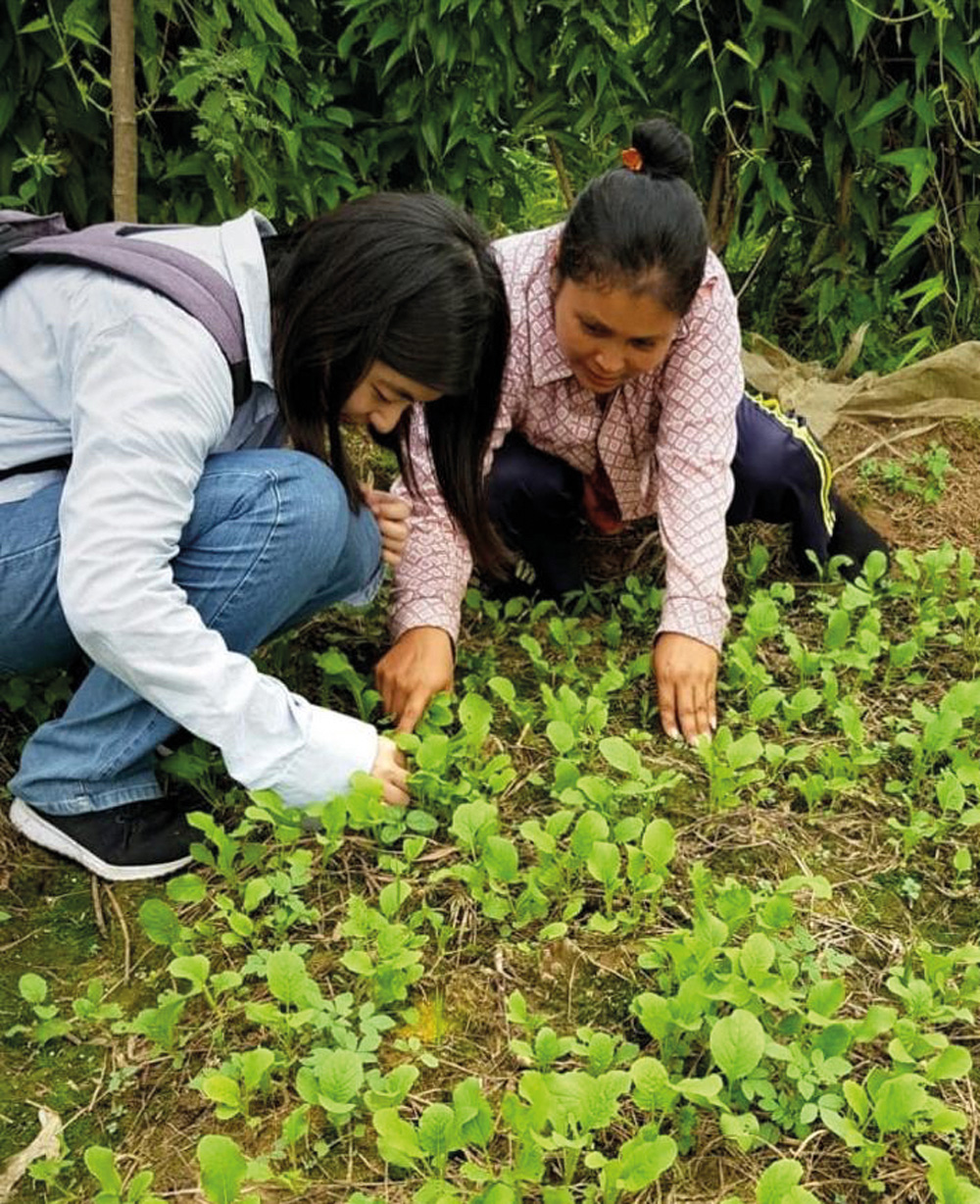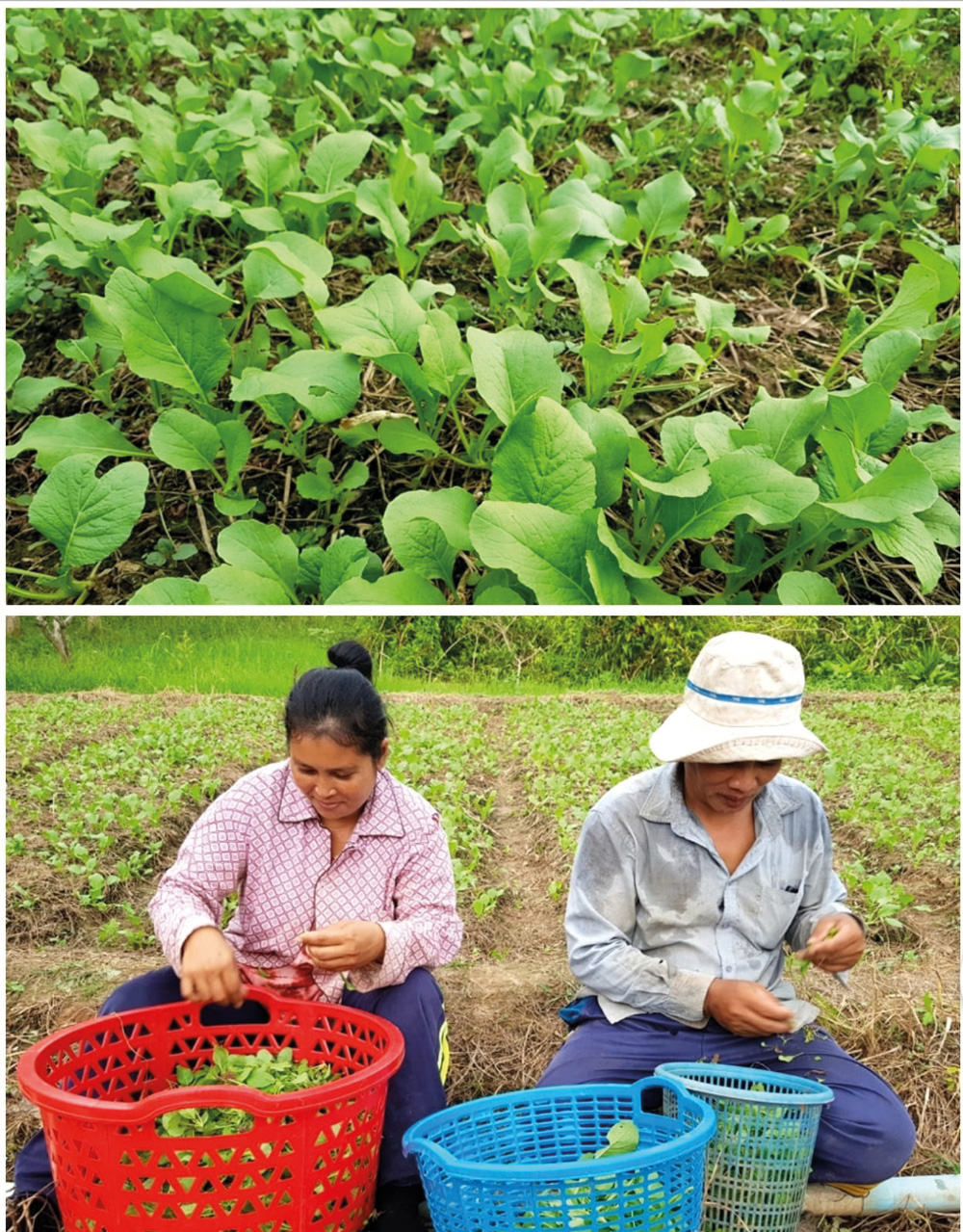Miller Mai’s recent holiday to Cambodia took him to agricultural lands where salt and pepper are grown and harvested.
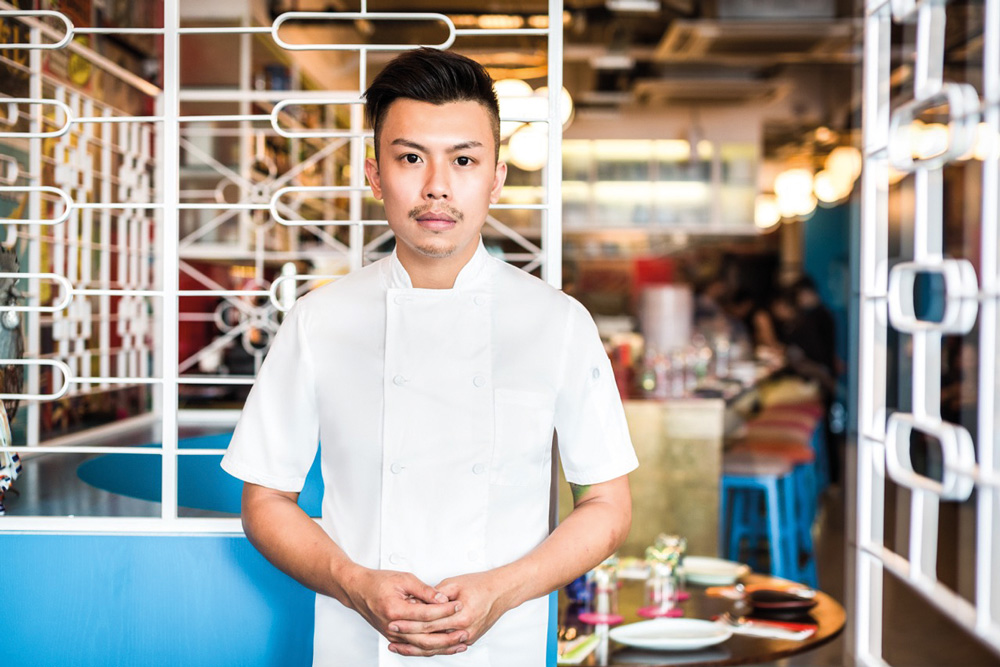
It’s easy to understand why there are about two million visitors to Angkor Wat every year. The rising sun reflects off the massive stone temple complex, and the thick green jungle that surrounds it creates awesome hues of purple and blue and an almost otherworldly glow. The incredible ancient site isn’t the only place worth visiting in Cambodia. In fact, this Southeast Asian country is filled with wonderful agriculture and vast farmlands that are worth exploring.
With my girlfriend and her family in tow (her sister is based in Cambodia), we decided to skip the usual touristy sites and explore the heartbeat of Cambodia, their farms. Despite the crazy traffic – a 10-minute car ride can easily become a 30-minute journey, plus navigating countless potholes, this trip to Cambodia was just what I needed to refresh my mind, body and soul.
TAKE TO THE FIELDS
Kampot Rice Farm in the Kampot Agricultural Area was the first stop on my list. When I stepped out of the car, the gorgeous scene of rice stalks swaying with the wind welcomed us. We tried our hand at harvesting rice, and it was back-breaking work. The owner-farmer showed us a rice harvesting technique by grabbing a bunch of stalks in hand and deftly cutting them in swift motion with his sickle. We tried to mimic him to our best ability, but our actions were too clumsy and slow in comparison.
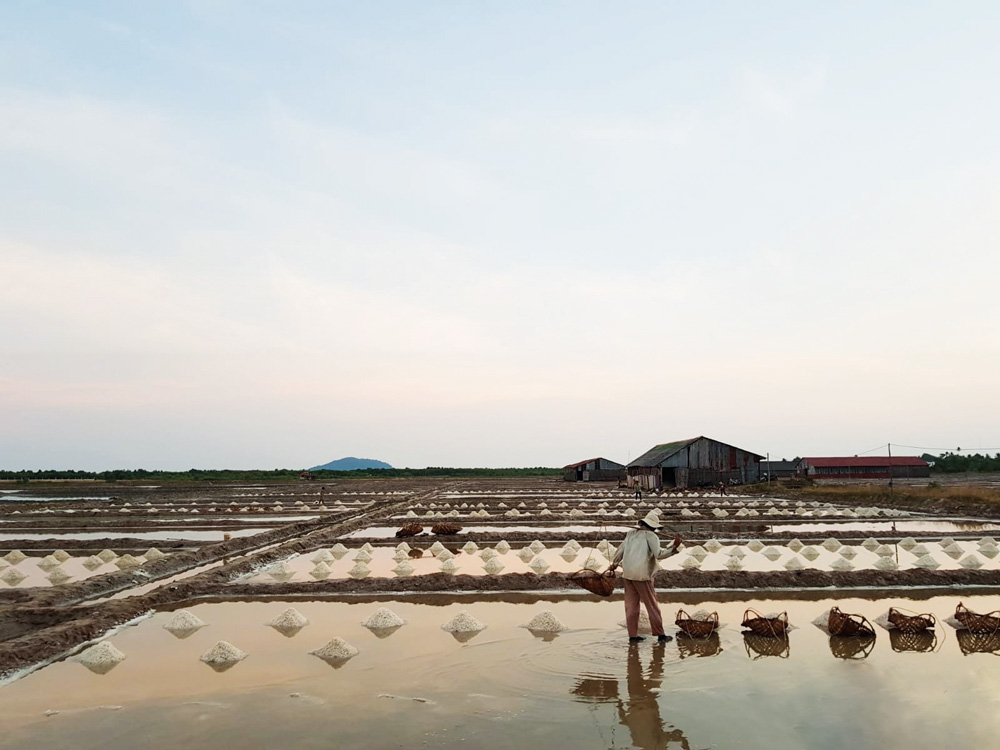
The Kampot Salt Fields gives you a closer look at how the ocean water is let into the fields and left to evaporate naturally into salt crystals under the hot sun. The salt is then collected and delivered to the salt factory for rocessing. Kampot salt fields produce an average of 13,000 to 14,000 tonnes annually. It is an interesting visit for everyone, not to mention the picturesque sceneries of rural Cambodia that will take your breath away en route to the salt fields. Then we headed over to a durian farm. Interestingly the durians grown in Cambodia are much bigger than their Malaysian and Thai counterparts. The taste leans towards the sweet with a lovely bitter finish.
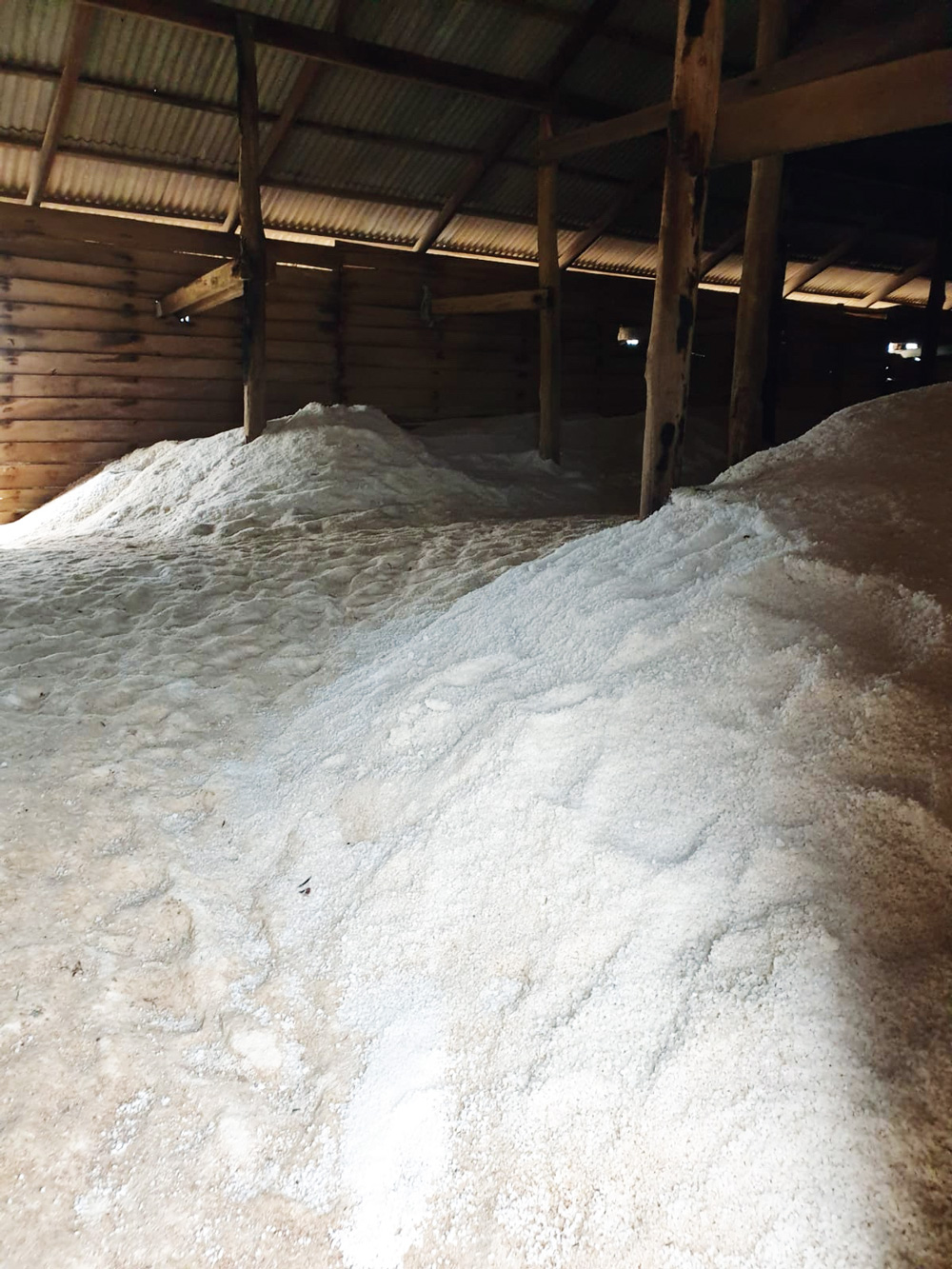
One of the must-visit farms in Cambodia is La Plantation. Home to 22,000 Kampot pepper posts, the 20-hectare farm grows their pepper in the traditional, organic way, which is in strict compliance with the Protected Geographical Indication (PGI). They are one of the few farms to be certified organic by Ecocert SA, an organic certification founded in France. There are different types of Kampot pepper and the most interesting varietal is Kampot Bird Pepper, which is similar to the kopi luwak. Birds will pick the ripest fruits on the vines and poop out the seeds – which naturally transform into white pepper.
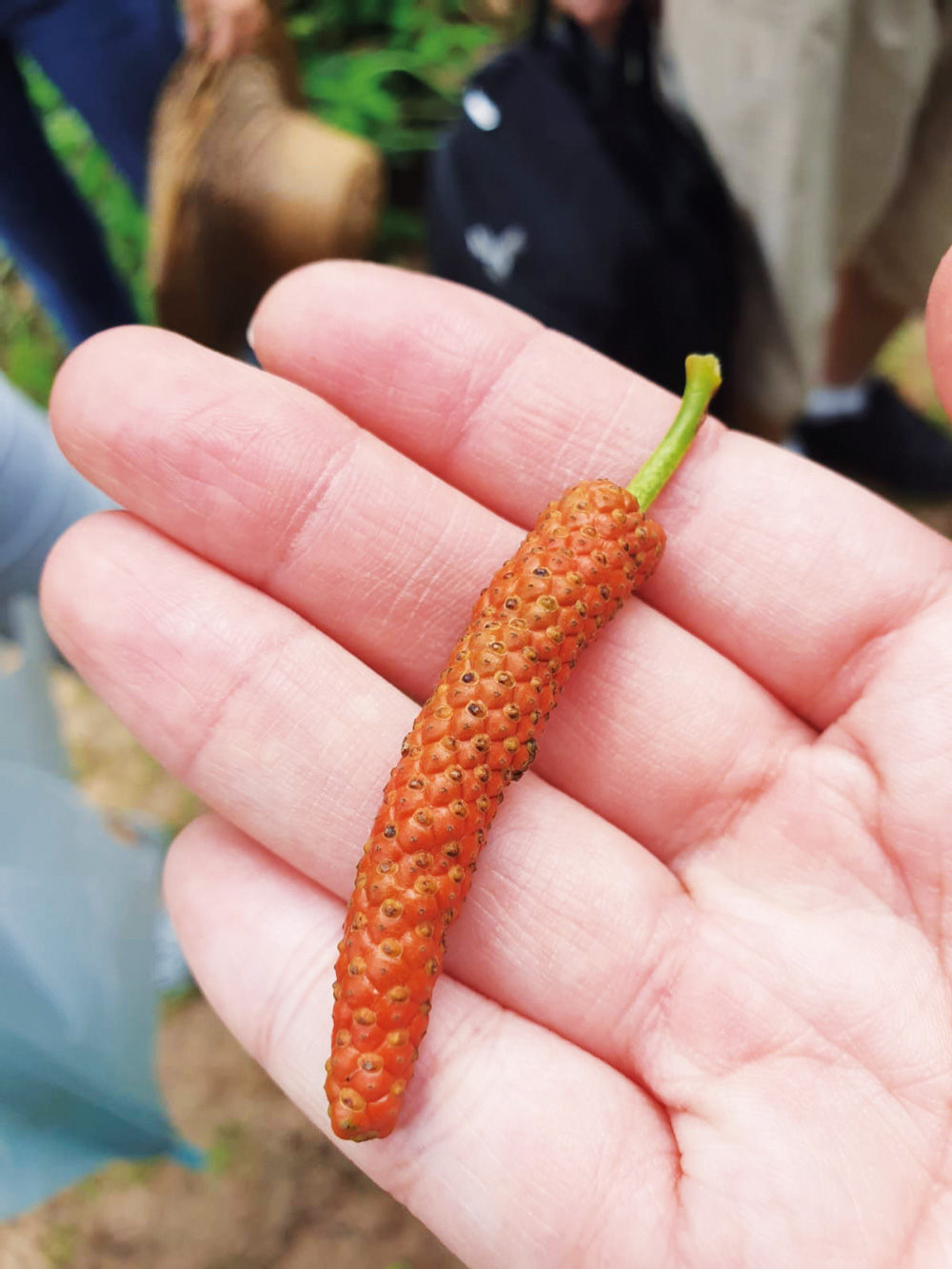
Apart from the educational tour, there was a pepper tasting session, where we savoured 10 different varieties. By the time I reached peppercorn number six, everything tasted the same – fiery. It was such an eye-opening experience, and I bought some peppers back to Singapore to experiment with them.
A BUG’S LIFE
If you’re have arachnophobia, then it’s best to stay away from any vendor or restaurant serving tarantulas. Even when they are dead, these large, furry beasts are still obviously spiders, with their legs outstretched and the plump body bursting with gooey innards. They’re mostly deep-fried and served with an accompanying dipping sauce. For me, it was a tamarind sauce that masked much of the natural flavour – undoubtedly a good thing! At Romdeng restaurant in Phnom Penh, the waiter will even show you the live specimens before cooking – should you want to know.
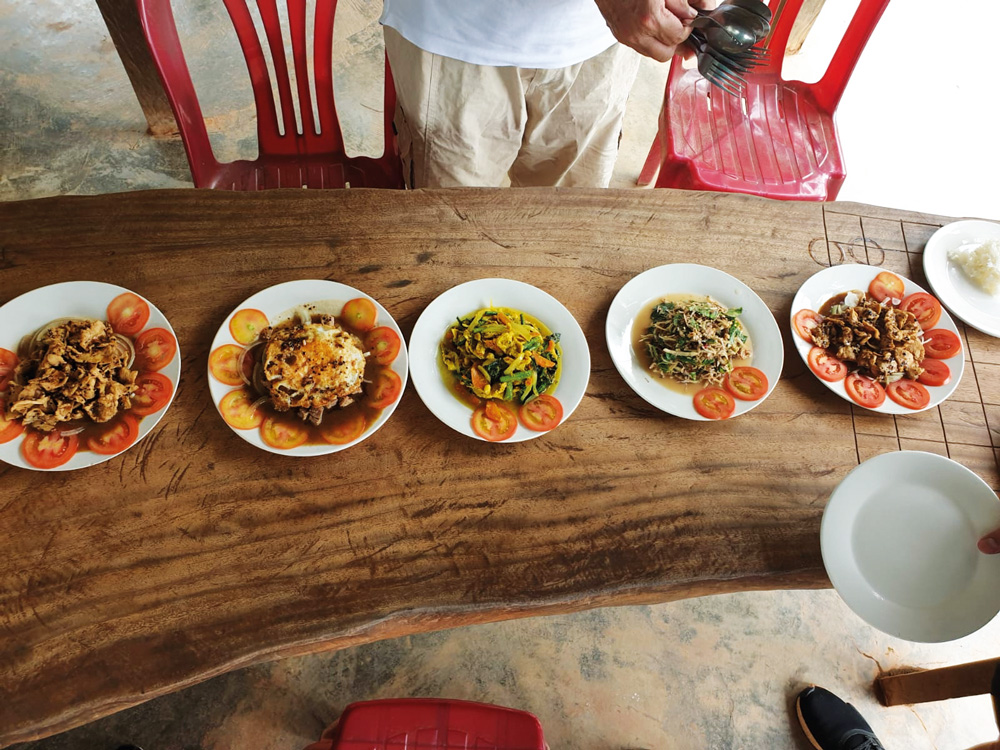
In Siem Reap, chef Mork Mengly – a man primarily responsible for reinventing Cambodian cuisine – prepared a unique course of red ants mixed with prahok – a fermented fish paste – with sugar, chillies and lime. The ants are sour; they pop in the mouth like fine caviar, and there’s a wallop of heat from the crushed chillies. Ants are perhaps the most recognised insect ingredient as they are already widely used and accepted across Europe. This particular recipe, however, with the use of prahok, adds a significant pong to the dish, giving off a scent that reminds me of long-aged Limburger cheese.
